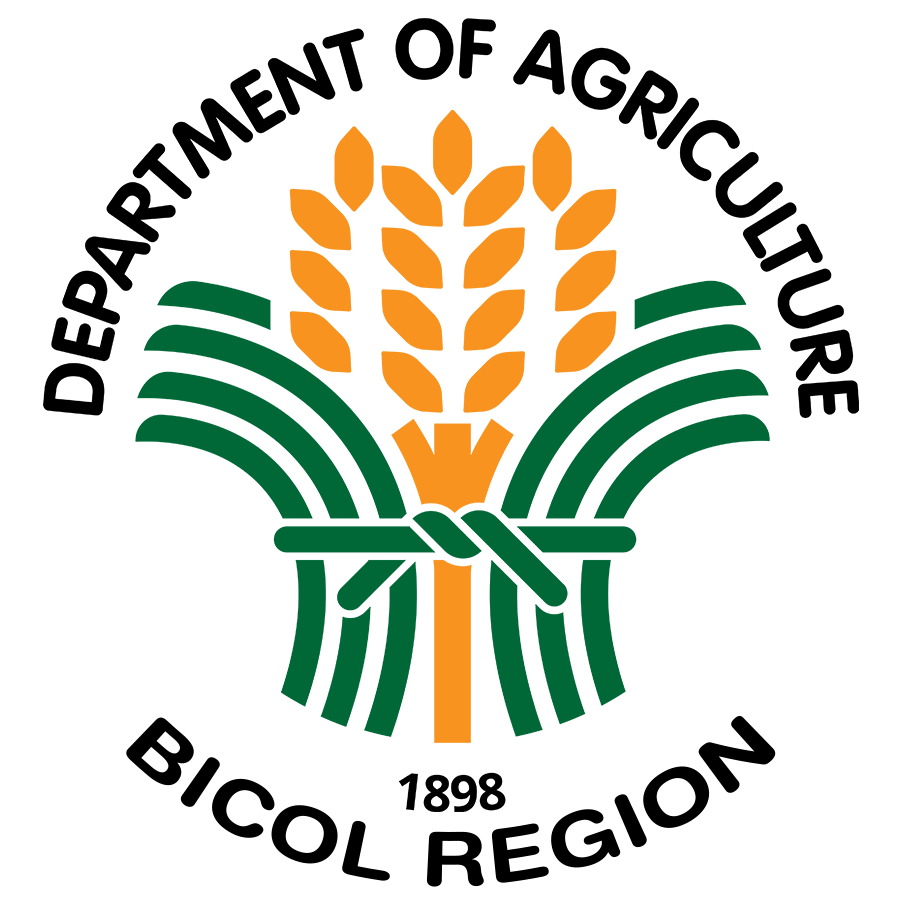LEGAZPI CITY, ALBAY – One of four business are forced to close after a disaster, and was never again opened. This is a reality in a country, like the Philippines that is exposed to natural and human-induced hazards, resulting to adverse impact on human and economic development.
According to the United Nations University and the Institute of Environment Human Security’s Risk Report, the Philippines ranked third most disaster risk country worldwide, next to Vanuatu and Tonga based on five components namely exposure, vulnerability, susceptibility, coping capacities and adaptive capacities.
To achieve its goal of establishing a climate-smart agriculture and fisheries sector, the Philippine Rural Development Project (PRDP) in Bicol conducted a Disaster Resiliency and Business Continuity Training for its enterprise development (I-REAP) subproject implementers on March 19-21, 2019, this city. The activity gathered and analysed hazards and vulnerabilities associated with production challenges, climatic trends and cropping calendars. It also reviewed feasible interventions to address risks and hazards.
Officers and members of the Tunay Tapat Lahing Pilipino Cooperative (TTLPC), Camote Creations Farmers and Entrepreneurs Producers Cooperative, Panganiban Fisherfolks Association Inc. (PFA), Pinoy Lingap Damayan Multipurpose Cooperative, Gigmoto Community Based Seed Bank Association, and Tabugoc Farmers and Fisherfolks Association attended said training. Members of the Provincial/Municipal Project Management and Implementation Units from their respective local government units also participated in the training.
PRDP Project Support Office (PSO) South Luzon Enterprise Development and Marketing Specialist Gay Bañez oriented the participants on the natural, man-made and technological type of disasters. She also discussed the disaster preparation checklist which includes knowing the risks, taking the necessary precautions, protecting data with backup files, and making plans to work with limited cash, no sewer, sewer or power for up to two weeks as well as storing emergency supplies.
Bañez underscored the four pillars of disaster resiliency namely mitigation, which requires pre-disaster mitigation efforts, preparedness through education, outreach and training, business continuity and emergency management planning, immediate response to stakeholders as well as establishing business recovery center, and recovery which focuses on post-disaster economic recovery plan.
“A business becomes disaster resilient when it is able to respond effectively in real time to move people out of harm’s way, meet their needs in a crisis environment and protect assets with and without help–when its policies not only resist disasters without failing but also mandate to look beyond to a future of sustainable development,” she said.
During the training, the participants crafted their respective enterprise’s agriculture hazard map which shows the overall picture of the community situation, its hazard profile and its relationship to agriculture. They also developed a Seasonal Cropping and Hazard Risk Calendar.
“Before nung wala pa kaming training, kung anong dumating saka lang kami nagre-react but now because of these guidelines na itinuro sa amin, ngayon advance thinking na, dumating man (ang disaster) ready na kasi may plan of action na kami na puwedeng gawin. Napakaganda nung may plano, na anytime may backup at saka yung plano, cumulative, participative na ginawa,” Camote Creations Farmers and Entrepreneurs Producers Cooperative Chairman Nolan Belaro said.
Bañez also coached the participants on business continuity planning designed to reduce the impacts of critical events in an organization and its internal and external stakeholders. The Business Continuity Plan includes data on operations (activities, processes and procedures), list of employees (details and contact information), list of customers, suppliers and vendors, finances, and list of assets, equipment and machineries should a disaster occurs.
“Ito’y isang napakagandang activity na naibahagi ng PRDP sa amin kasi naintindihan namin yung importansya ng paghahanda sa mga posibilidad na mangyayari hindi lang sa Project na mayroon kami ngayon kundi sa mga susunod pa na dapat may mga plan talaga na nakalaan para sa kanila para hindi naman mag-suffer lahat. Sa ganoong paraan, mababawasan natin yung mga damage na maaaring mangyari sa community hindi lang sa enterprise,” Jerome Pedrocillo, Director and Operations Manager of the TTLPC’s Albay Coco Geonets Manufacturing Enterprise, said.
PLDC Audit Chairman Anita Tasarra, Gigmoto Community Based Seed Bank Association Secretary Mary Claire Quintela, Assistant Treasurer Elena Garcia, Tabugoc Farmers and Fisherfolks Association Procurement Committee Member Rolando Icaranom, PFA President Jesus Ceballo and Vice President Carlos Capistrano shared the same insights. They also guaranteed that they will disseminate the information to their members during their Annual General Assembly and regular staff meetings. PRDP is a six-year World Bank-assisted national project under the Department of Agriculture that provides key infrastructure, facilities, technology and information to raise incomes, productivity and competitiveness in targeted areas. (Annielyn L. Baleza, DA-RAFIS V)
